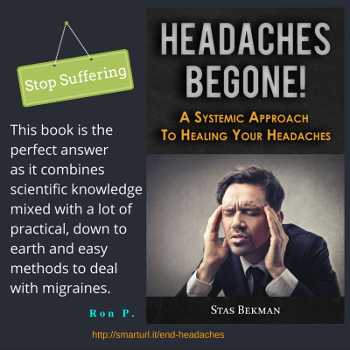6.3 Scars
Description
This article is from the Piercing FAQ, by Anne Greenblatt with numerous contributions by others.
6.3 Scars
Any penetration of the skin will result in a scar. Scar tissue is
comprised of collagen produced during the latter stages of wound
healing. Excessive scarring at the entrances of a piercing can result
in an unattractive or uncomfortable piercing.
Many people erroneously assume all bumps or swellings to be keloids.
Scar tissue does not bleed or produce discharge or pus. Pus indicates
an infection. Please refer to section 6.2.
Keloids are hard, raised, bulky formations of scar tissue under the
skin's surface which spreads beyond the boundaries of the
wound. Keloids can become progressively larger and can be painful. The
tendency towards developing keloids is often hereditary and is more
common in people with dark complexions. True keloids are very
difficult to treat.
Hypertrophic scars tend to be fleshy and stay within the boundaries of
the wound. Affected piercings may appear to have protrusions of soft
pink skin at the entrances. In some cases hypertrophic scar tissue is
reabsorbed as the piercing heals or when the source of irritation is
eliminated. Hypertrophic scars are more common in people with fair
complexions.
Methods of Treating Scars
Attempting to treat excessive scar tissue around a piercing without
evaluating and eliminating the cause of irritation often does not
succeed over the longterm. Once a scar begins to form, the jewelry
will continue to irritate the area and the scar will continue to
grow. Removing the jewelry and allowing the piercing to close is often
the only remedy if the scar continues to grow.
Sources of irritation that can cause excessive scar tissue around a
piercing include:
- placing the piercing at an inappropriate depth or angle to the
tissue
- piercing in an area that changes shape with body movements
- friction or pressure against clothing / other body parts / other
jewelry
- wearing jewelry of inappropriate design or dimensions (gauge,
width,
length)
- injury to the piercing
- stretching the piercing too fast or too soon
A line- or dimple-shaped scar behind or above the piercing usually
indicates that the piercing is migrating. Please see section 6.4.
Heavy keloid or hypertrophic scar tissue is sometimes treated with
injections of steroids. The steroids act to shrink the scar by
breaking down the collagen in ther scar. While steroid injections with
the jewelry in place may help shrink the scar, the jewelry will
continue to irritate the area and the scar will continue to
grow. Steroid injections do not work well in cartilage layers.
Hypertrophic scars can be treated successfully with scar revision -
various surgical techniques to change the shape or size of the scar or
replace the scar with a smaller one. Keloid scars usually do not
respond to revision.
A relatively new method of treating scars is silicone gel sheets.
Several brands are available through skin care and medical
suppliers. Silicone gel sheets seems to be effective on hypertrophic
scars and may help some keloid scars. Silicone gel sheets can only be
used in flat areas where the sheet will adhere to the skin; therefore
it cannot be used on a piercing with the jewelry in place.
Over-the-counter hydrocortisone ointments and creams containing from
0.5% to 1% cortisone can sometimes be used to shrink scar
tissue. Fluocinonide Cream, containing 0.05% cortisone, is often
prescribed to shrink keloids in people who are prone to keloid
scarring resulting from cuts and scratches; efficacy of treating
keloids resulting from piercing has not been determined.
Vitamin E, applied during healing, may minimize the size of the scar
that forms. Some people are allergic to Vitamin E; an allergy is
indicated by a rash of small bumps.
Some people have successfully treated hypertrophic scar tissue using
hydrogen peroxide gel or solution. However, hydrogen peroxide can
impede healing with prolonged use.
Some people have successfully treated scar tissue on oral piercings
using an aspirin and water paste. This method is not suggested;
aspirin can easily damage delicate oral tissues.
Continue to:



